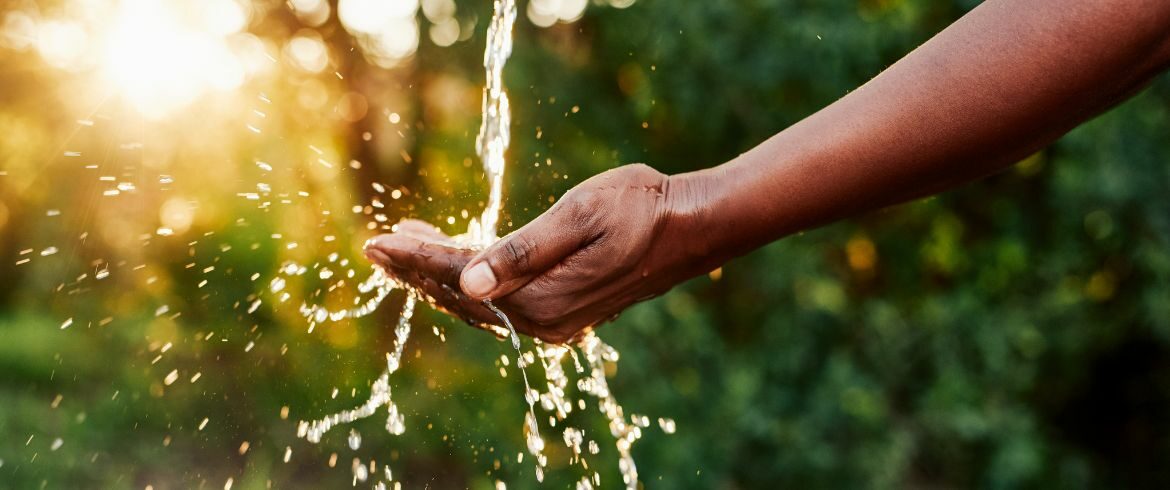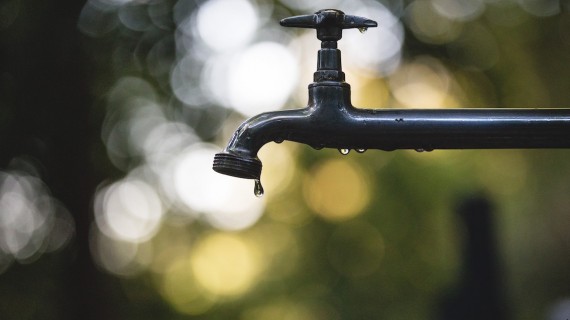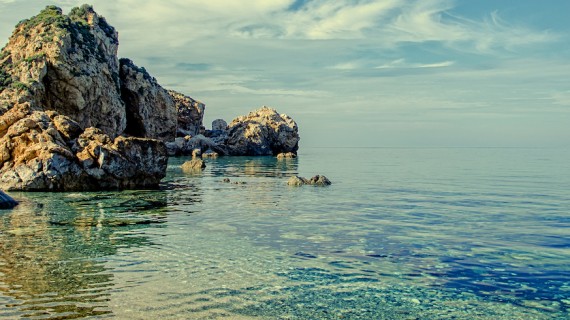In an era where climate change and environmental degradation are at the forefront of global concerns, responsible tourism has become more critical than ever. As travelers, it is our responsibility to explore the world in a way that minimizes our ecological footprint and promotes sustainability. One of the key aspects of conscious travel is water conservation, considering the vital role water plays in ecosystems and communities worldwide.
In this eco-tourism guide, we’ll delve into practical water worksheets for conscious travelers, offering insights and tips on how to preserve this precious resource while enjoying your journey.
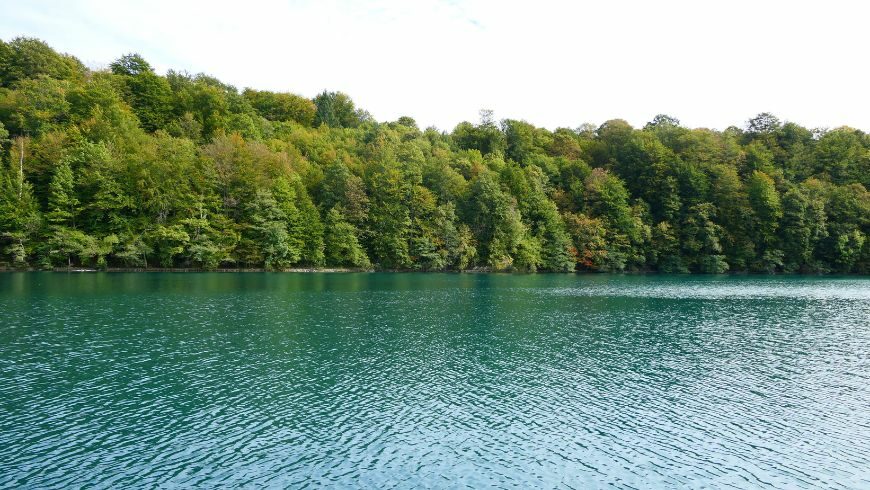
Understanding the Water Footprint
Before embarking on your eco-friendly adventure, it’s crucial to comprehend your water footprint. It represents the total volume of freshwater used directly and indirectly to support your activities and lifestyle. This includes not only the water you consume directly for drinking and personal use but also the water embedded in the products you buy and the food you eat.
To assess and manage your footprint, consider using online tools, and do not forget to visit the site to find bodies of water worksheets and calculators specifically designed for this purpose. These tools can provide valuable insights into your consumption patterns and help you identify areas where you can make more sustainable choices.
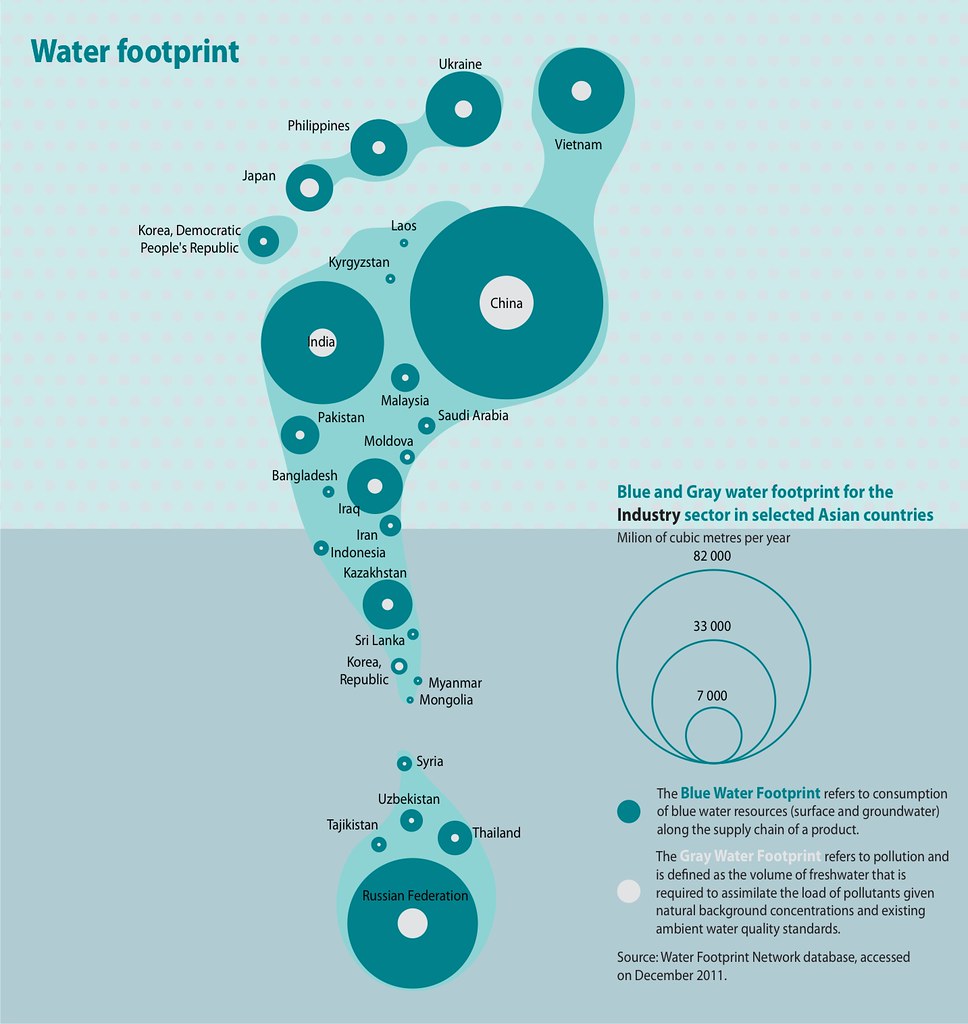
Water-Saving Tips for Conscious Travelers
1. Choose Eco-Friendly Accommodations:
Opt for hotels and lodges that implement conservation measures. Many establishments now adopt eco-friendly practices such as water flow reducers, recovery & reuse of rainwater, low-flow toilets, efficient landscaping, and linen reuse programs. Supporting these initiatives contributes to the overall reduction of consumption in the tourism industry.

2. Conserve Water in Daily Activities:
Practice mindful usage in your daily activities. Take shorter showers, turn off the tap while brushing your teeth, and report any leaks or faulty plumbing in your accommodation. Small actions collectively make a significant impact, especially in regions facing water scarcity.
3. Pack Reusable Bottles:
Single-use plastic bottles contribute to pollution and environmental harm. Invest in a durable, reusable bottle and refill it from safe sources. This not only reduces plastic waste but also encourages you to appreciate and be aware of the water you consume.
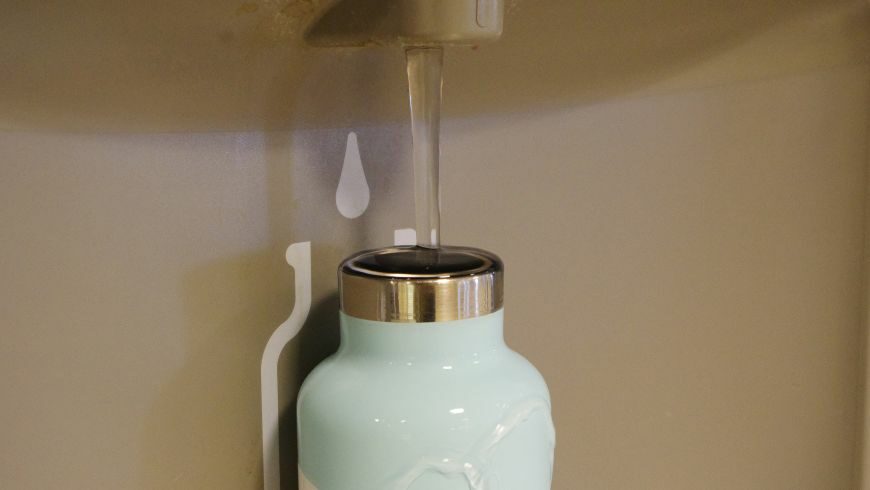
4. Support Local Initiatives:
Research and contribute to local aqua conservation projects at your travel destination. Many communities, particularly in ecotourism hotspots, rely on sustainable management practices. Your support can aid in the preservation of local resources and the empowerment of communities to manage their aqua sustainably.
5. Mindful Consumption of Water-Intensive Foods:
Be conscious of the water footprint of the foods you consume. Certain agricultural products have high requirements for cultivation. Consider opting for locally sourced, seasonal, and plant-based foods, as they often have lower footprints compared to imported or meat-centric meals.

6. Explore Water-Efficient Activities:
Tailor your travel itinerary to include activities that promote aqua efficiency. This could include guided nature walks, bird watching, or even sports with eco-friendly operators. Choose activities that educate and raise awareness about the importance of conservation.
Cover image: photo via Canva PRO
